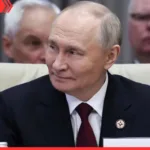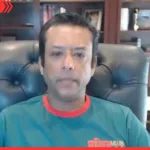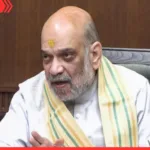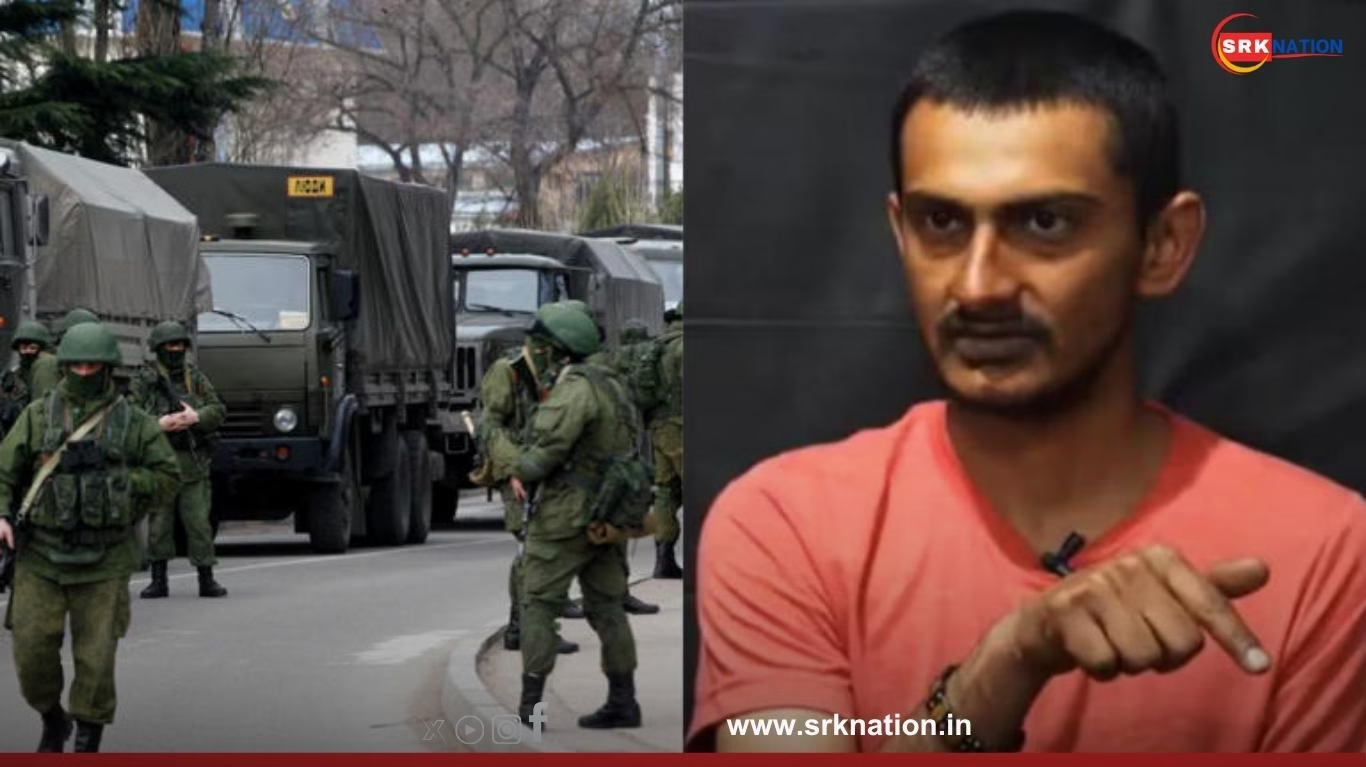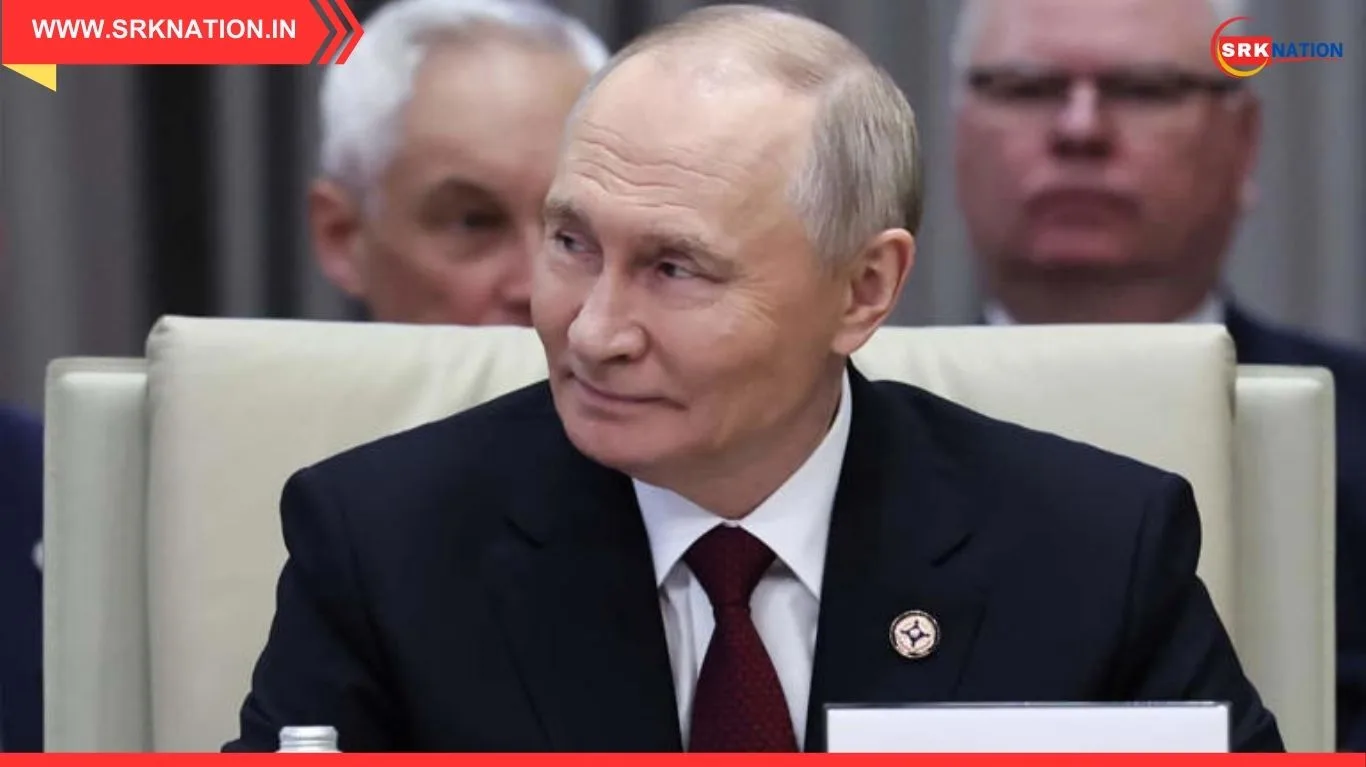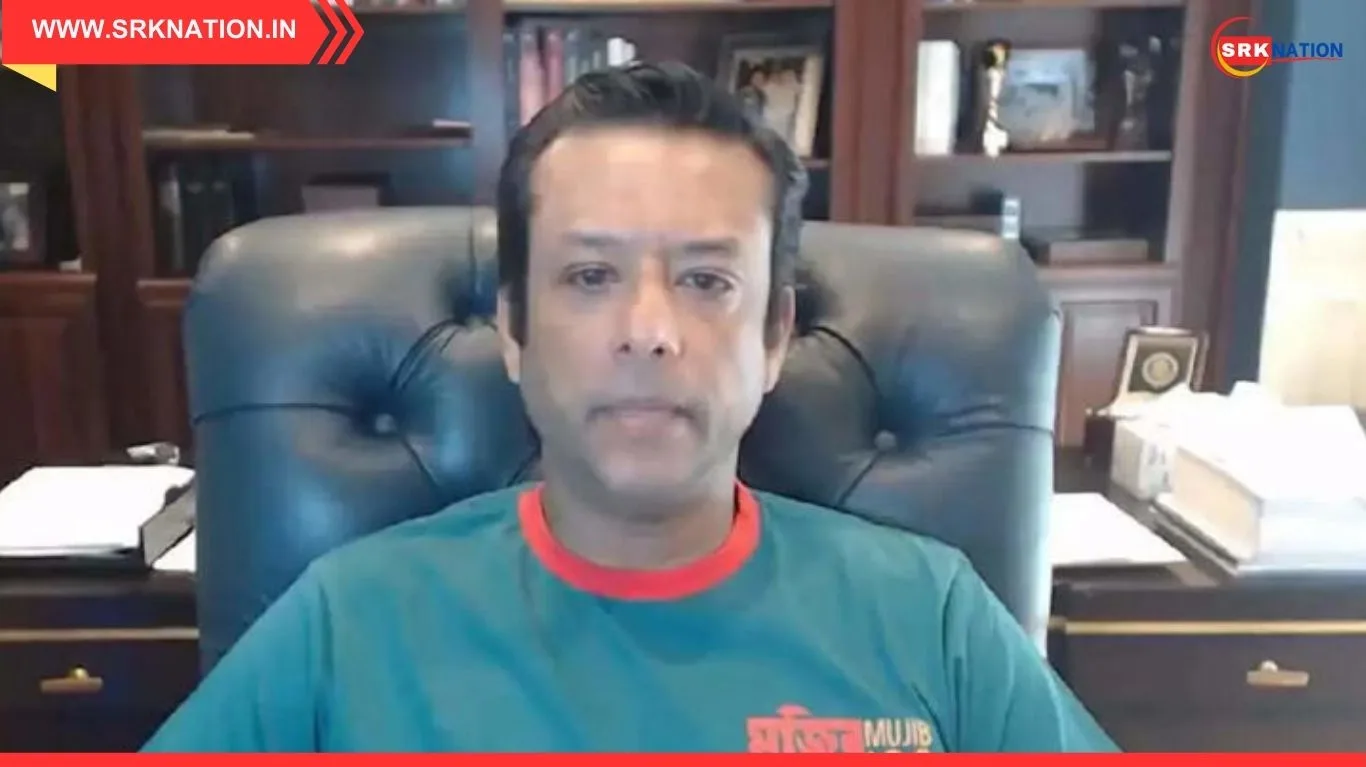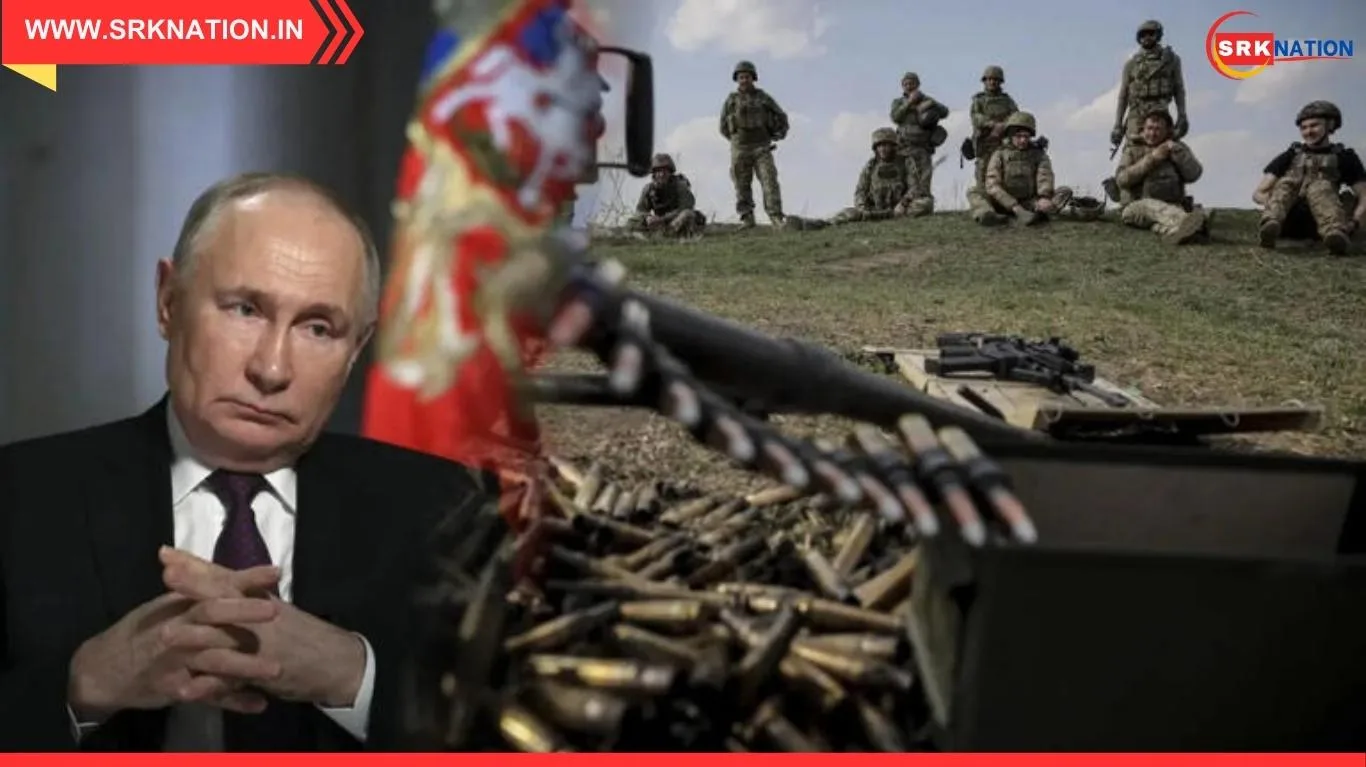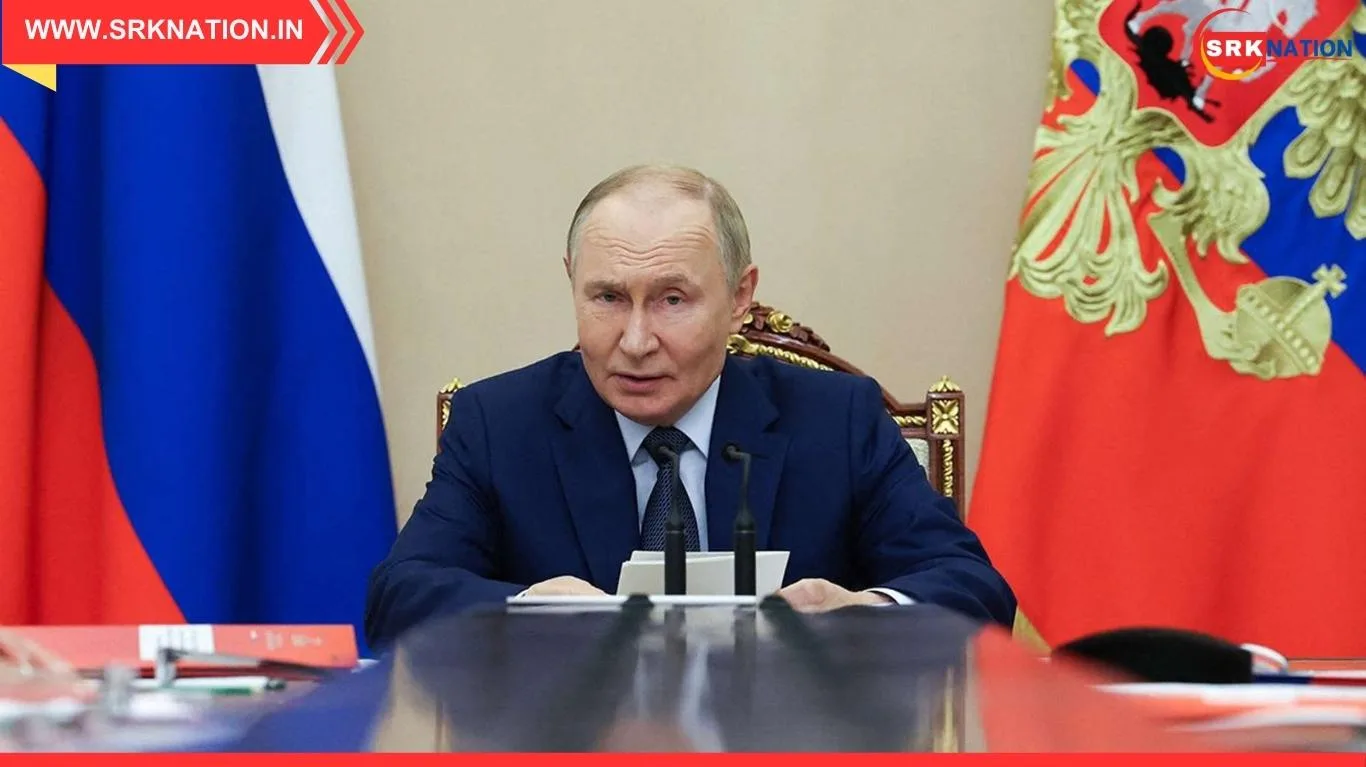In a startling revelation that underscores the human cost of geopolitical conflict, a 22-year-old Indian student from Gujarat’s Morbi district, Majoti Sahil Mohamed Hussein, has surrendered to Ukrainian forces after allegedly being coerced into fighting for the Russian military. Hussein, who had initially travelled to Russia for higher studies, found himself entangled in a war he never intended to join—after being convicted on drug-related charges and offered military service as an alternative to a seven-year prison sentence.
The incident has triggered diplomatic concern, with India’s Ministry of External Affairs (MEA) confirming that it is verifying the authenticity of the reports and seeking formal communication from Ukrainian authorities. Hussein’s case is the latest in a growing list of Indian nationals who have been recruited, misled, or forced into combat roles by Russian forces amid the ongoing war in Ukraine.
Majoti Hussein’s Journey – From Student to Soldier
| Timeline | Event Description | Location | Outcome |
|---|---|---|---|
| Early 2023 | Hussein travels to Russia for university | Moscow | Enrolled as international student |
| Mid 2024 | Arrested on drug charges | Russia | Sentenced to 7 years in prison |
| Sep 2025 | Offered military contract to avoid jail | Russia | Joins Russian Army’s 3rd Corps |
| Oct 1, 2025 | Sent to frontline after 16 days of training | Ukraine border | Deployed with minimal preparation |
| Oct 4, 2025 | Surrenders to Ukraine’s 63rd Mechanised Brigade | Eastern Ukraine | Requests asylum, refuses to return |
In a video released by Ukraine’s 63rd Mechanised Brigade, Hussein is seen speaking in Russian, recounting his ordeal. “I didn’t want to stay in prison, so I signed a contract for the ‘special military operation’. But I wanted to get out of there,” he says, using Moscow’s term for its invasion of Ukraine. He adds that he received only 16 days of basic training before being sent to the front lines.
Hussein claims he never received the money promised to him and that he had no intention of fighting. After a disagreement with his commander, he walked nearly three kilometres to a Ukrainian trench, laid down his weapon, and surrendered. “I needed help. I don’t want to go back to Russia. There is no truth there, nothing. I’d rather go to prison here,” he says in the video.
Indian Nationals in Russian Military – Status Report
| Metric | Value/Status | Commentary |
|---|---|---|
| Total Indians recruited | Over 150 since 2022 | Includes students and migrant workers |
| Indians killed in conflict | At least 12 | Confirmed by MEA |
| Indians discharged | 96 | Released by Russian authorities |
| Indians missing | 16 | Unaccounted for |
| Indians currently serving | 27 | India pressing for repatriation |
The MEA has previously raised the issue with Moscow, urging the release and repatriation of Indian nationals serving in the Russian military. Prime Minister Narendra Modi reportedly discussed the matter during his visit to Russia last year, emphasizing that Indian citizens should not be drawn into foreign conflicts under coercion or false promises.
Hussein’s case has reignited concerns over the recruitment of foreign nationals into Russia’s armed forces. Reports suggest that some Indians on student or business visas were lured with promises of money, freedom, or citizenship, only to be deployed on the frontlines with minimal training and support.
Russia’s Foreign Recruitment Strategy – Key Observations
| Recruitment Method | Description | Risk to Recruits |
|---|---|---|
| Prisoner Swap Contracts | Offer of military service in lieu of jail | Coercion, lack of informed consent |
| Visa-based Targeting | Students and workers approached via agents | Misleading promises |
| Citizenship Incentives | Promise of Russian citizenship | Unfulfilled, unverifiable |
| Financial Lure | Monthly salary offers | Often unpaid or delayed |
| Minimal Training | 10–20 days of basic drills | High casualty risk |
The Ukrainian military has accused Russia of “actively recruiting foreigners into their army,” and Hussein’s surrender has been used to highlight the plight of coerced combatants. The video has gone viral on social media, sparking outrage and calls for international accountability.
Social media platforms have lit up with reactions to Hussein’s story, with hashtags like #IndianStudentInWar, #RussiaUkraineConflict, and #MajotiHussein trending across Twitter/X, Facebook, and YouTube. Civil society groups and diaspora organizations have urged the Indian government to expedite efforts to bring back nationals trapped in the conflict.
Public Sentiment – Social Media Buzz on Hussein’s Surrender
| Platform | Engagement Level | Sentiment (%) | Top Hashtags |
|---|---|---|---|
| Twitter/X | 1.4M mentions | 85% sympathetic | #IndianStudentInWar #MajotiHussein |
| 1.2M interactions | 80% critical of Russia | #RussiaUkraineConflict #StudentTrapped | |
| YouTube | 950K views | 78% informative | #HusseinExplained #WarRecruitment |
| 820K views | 75% diplomatic | #ForeignPolicyIndia #HumanRights |
Diplomatic sources say the Indian embassy in Kyiv is working to verify the video and establish contact with Ukrainian authorities. No formal communication has been received yet, but officials are hopeful that Hussein can be repatriated safely.
India’s Diplomatic Response – Action Plan
| Step | Status/Timeline | Responsible Authority |
|---|---|---|
| Verification of video | Ongoing | Indian Embassy in Kyiv |
| Contact with Ukrainian forces | Awaiting formal response | MEA and Defence Attaché |
| Repatriation request | To be initiated | MEA via diplomatic channels |
| Support for family | Under review | Gujarat State Government |
| Policy review on foreign recruitment | Proposed | MEA and Home Ministry |
In conclusion, Majoti Sahil Mohamed Hussein’s surrender to Ukrainian forces after being coerced into fighting for Russia highlights the urgent need for safeguards against foreign recruitment of Indian nationals. As the war in Ukraine continues, India must strengthen its diplomatic and legal frameworks to protect its citizens abroad and ensure that no student or worker is forced into combat under duress.
Disclaimer: This article is based on publicly available news reports, verified video footage, and diplomatic commentary. It does not constitute legal advice or political endorsement. Readers are advised to follow updates from the Ministry of External Affairs and official government channels for accurate information.



